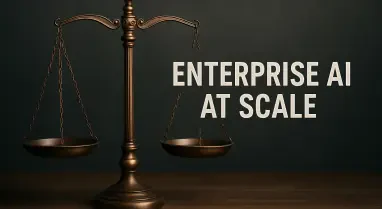How Secure Is the Voice on the Other End of the Line?
In an era where artificial intelligence can convincingly mimic human voices, a recent event has shocked both political and technological spheres. An AI-generated voice successfully impersonated U.S. Secretary of State Marco Rubio, contacting several high-ranking officials under this guise. This alarming act raises critical questions about the security of voice communications, traditionally a cornerstone of government operations and international relations. With technology mirroring reality so closely, how can one be certain that the voice on the other end of a call is genuine?
The Rising Threat of AI Impersonation
The practice of AI-driven impersonation represents a significant alteration in the landscape of cybersecurity threats. These incidents are not isolated, as AI technology grows more accessible and sophisticated, enabling malicious actors to craft deceptive scenarios convincingly. The implications reach far beyond government sectors, affecting everyday communications within various industries. Personal and professional security is now intricately linked to the ability to verify identity, given the increasing possibility of simulated voices infiltrating routine exchanges.
Power of AI-Generated Voice Technology
AI-generated voice technology can reproduce a person’s voice with unsettling accuracy, facilitating high-level impersonation. Already, several cases, including the Rubio impersonation, have demonstrated AI technologies being manipulated to breach trust and possibly access confidential information. By crafting voice messages that seem authentic, impostors aim to disrupt communications or extract data. The political and diplomatic realms are especially vulnerable due to the weight that a high-profile individual’s statement carries, underscoring the motivations driving these technologically advanced deceptions.
Expert Perspectives on AI-driven Impersonation
Cybersecurity specialists emphasize the ever-growing risk posed by these advanced impersonation techniques. A statement from the FBI highlights the urgency of addressing this evolving threat, demonstrating the government’s commitment to safeguarding official communications. Some officials, recounting attempts to imitate their identities, express concern about the intricate challenges current technology poses. There’s consensus among experts that the implications are profound, urging a reevaluation of how identities are confirmed in communication networks.
Safeguarding Against AI Impersonation
Addressing this issue involves proactive strategies for individuals and organizations alike. Implementing robust identity verification systems stands at the forefront of countering AI impersonation. Practical measures include using multi-factor authentication, conducting regular security training, and fostering a culture of awareness regarding emerging threats. Continuous education is critical, equipping teams with the knowledge to evolve their defenses as techniques become more sophisticated. Acknowledging that AI technologies will only advance, vigilance remains key to secure interactions moving forward.
As the technological landscape advances, awareness of AI-fueled threats and rigorous safeguards becomes necessary to mitigate the risks associated with false identities. Staying informed and prepared proves crucial in preventing breaches, ensuring that even the most subtle impostor attempts are thwarted. Societal reliance on technology highlights the need for enhanced verification practices, ultimately reshaping how trust in communications is established in an AI-influenced world.






